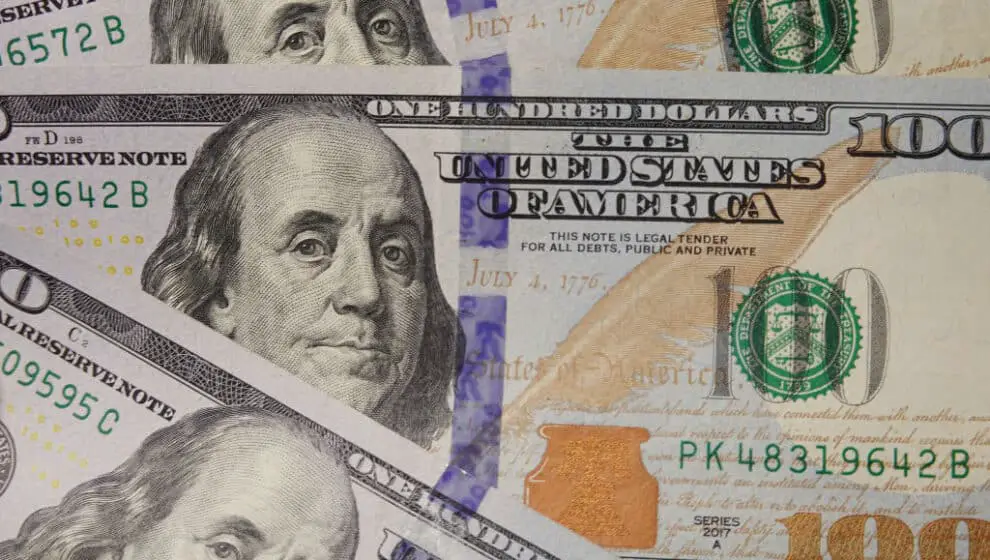The financial chaos of the past two weeks has turned investors toward safer investments—such as money market funds—and away from banks.
Key Details
- Money market funds are high-liquidity investment funds with very low risk, as they are sponsored by an investment fund company and insured by the Federal Deposit Insurance Corporation (FDIC).
- In the aftermath of the collapse of Silicon Valley Bank, investors have rotated their portfolios and shifted $286 billion in the past two weeks, according to a report from the Financial Times.
- iMoney.net data reported on Friday shows the majority of these investments went towards Goldman Sachs, JPMorgan Chase, and Fidelity, many into funds that hold U.S. government debt, which are considered safe investments.
- This marks the largest inflow for these investments since the start of the COVID-19 pandemic.
Why It’s Important
The U.S. financial system suffered one of the worst banking crises in its history over the past two and a half weeks, with the collapse of Silicon Valley Bank, Signature Bank, Silvergate Bank, and the bailout of First Republic Bank. This failure forced thousands of investors to divert money away from unstable banks or risky investments that might risk access to their funds in the aftermath of another precipitious collapse.
As we previously reported, nearly one in six Americans has moved money out of their bank account in the past two weeks. A large percentage of Americans moved money from regional banks to larger banks, which are perceived as safer in light of the stress impacting the market.
The flow of money into money market funds shows a similar pattern, reflecting consumer anxieties about the stability of investments in the aftermath of the chaos. Many of these funds went to short-term treasury bills and “reverse repo” overnight loans, Axios reports. “This suggests institutional deposits are leaving the U.S. banking system,” wrote Moody’s analysts.
Notable Quote
“We are seeing shifts into money market funds by every segment of investor. Given the volatility we are seeing in the market, every investor has to ask themselves: does my cash risk profile match [my overall risk profile], and am I sufficiently diversified among the choices?” Goldman Sachs CIO Ashish Shah tells the Financial Times.
